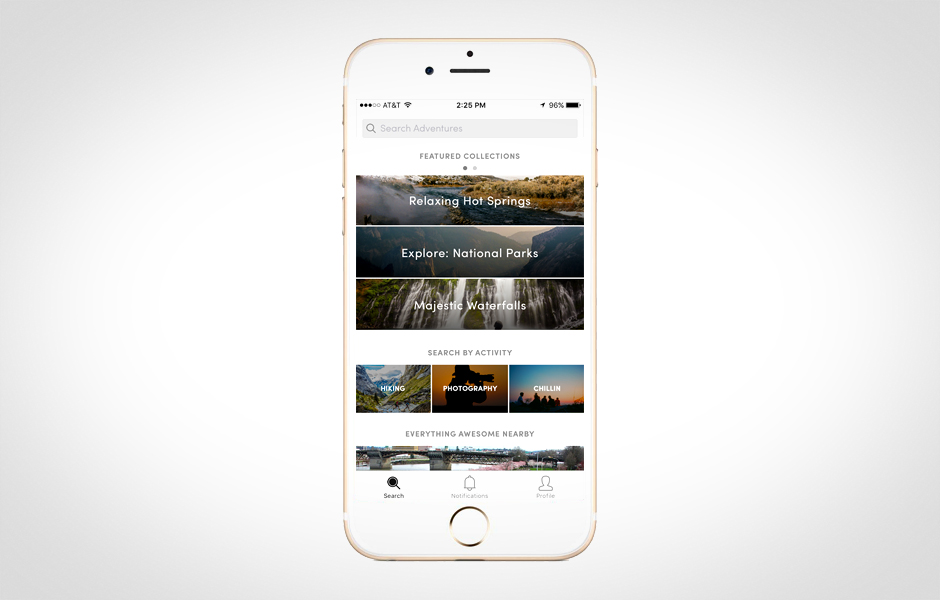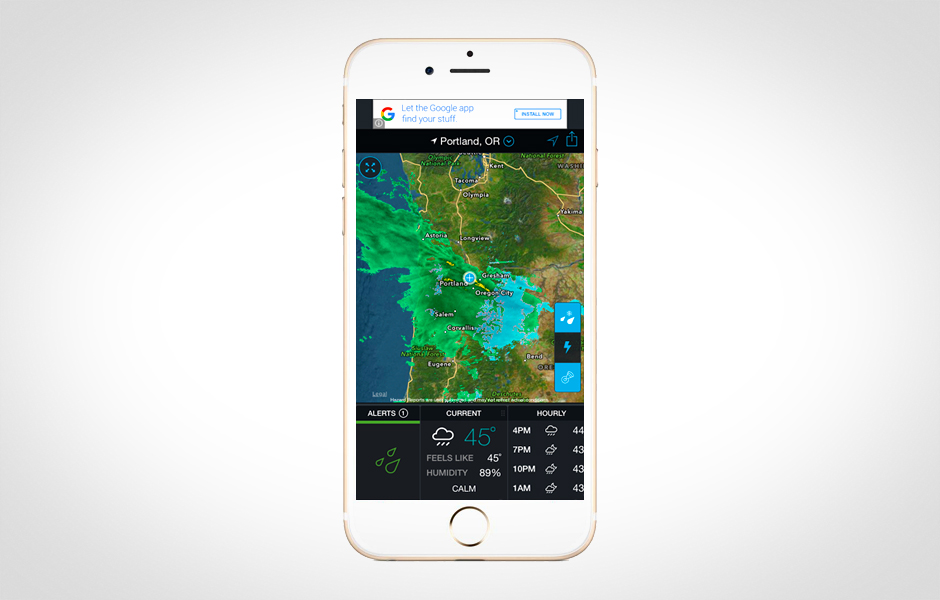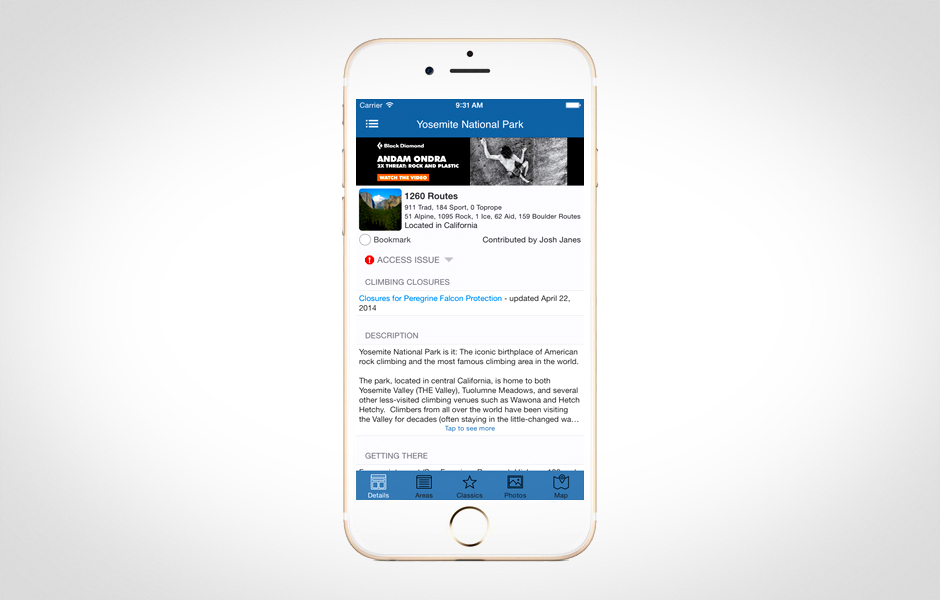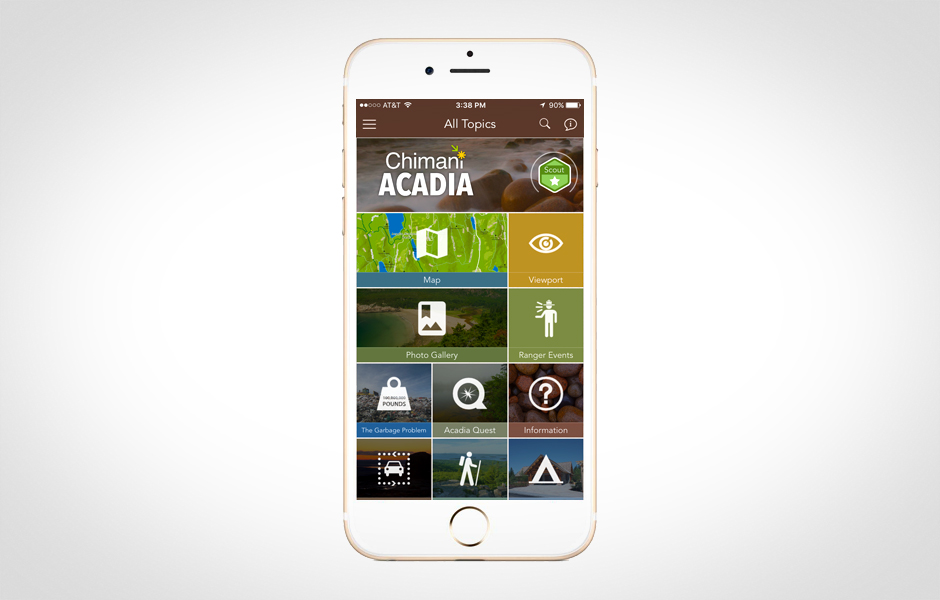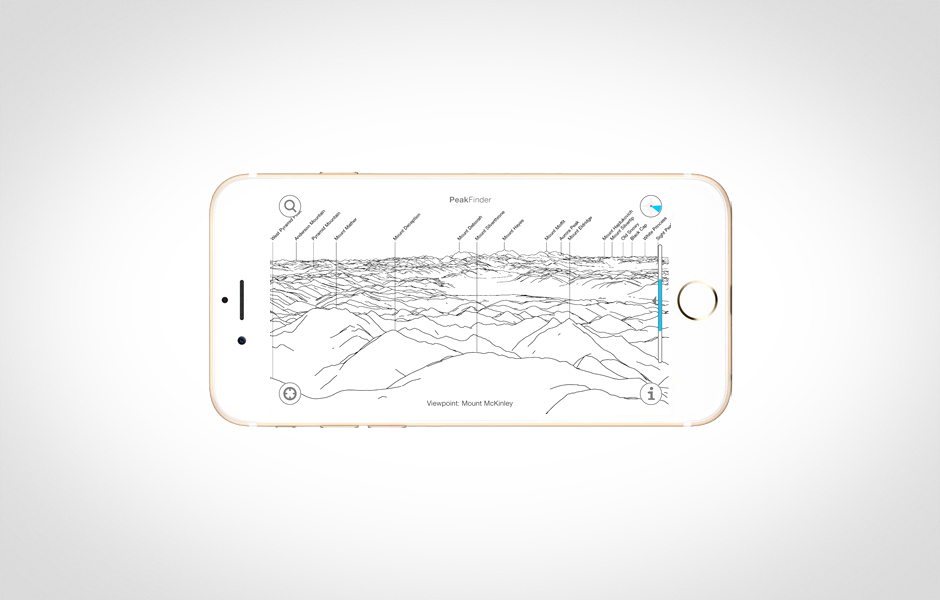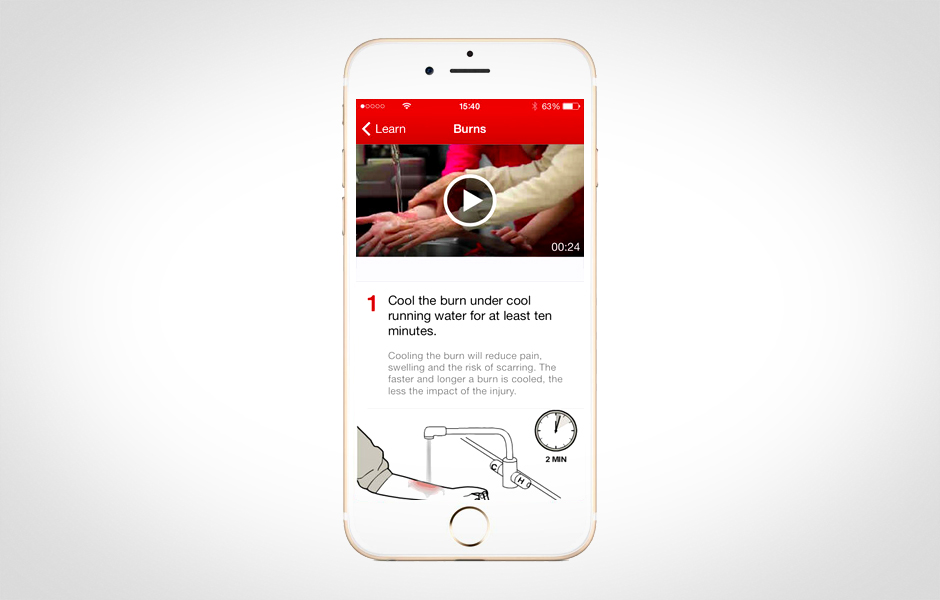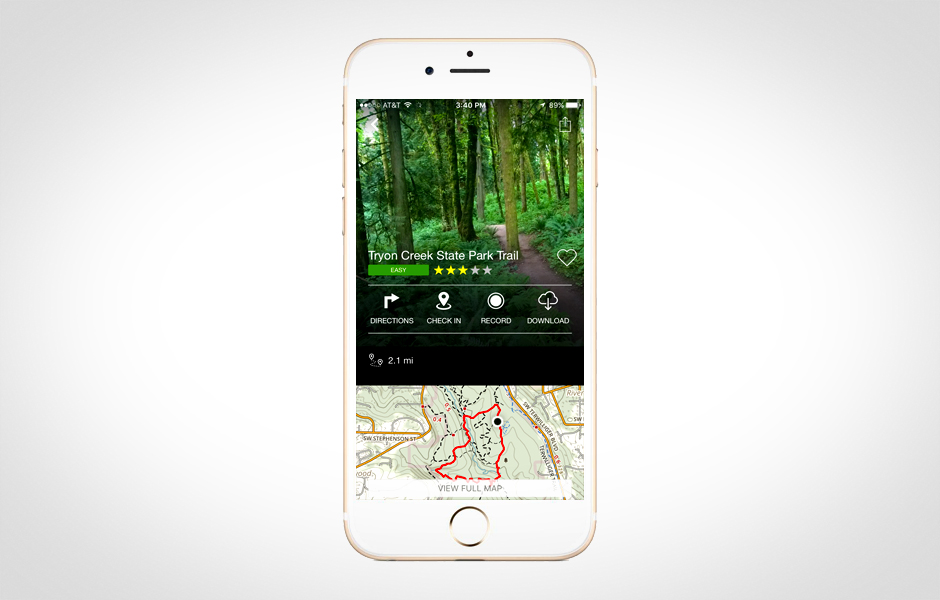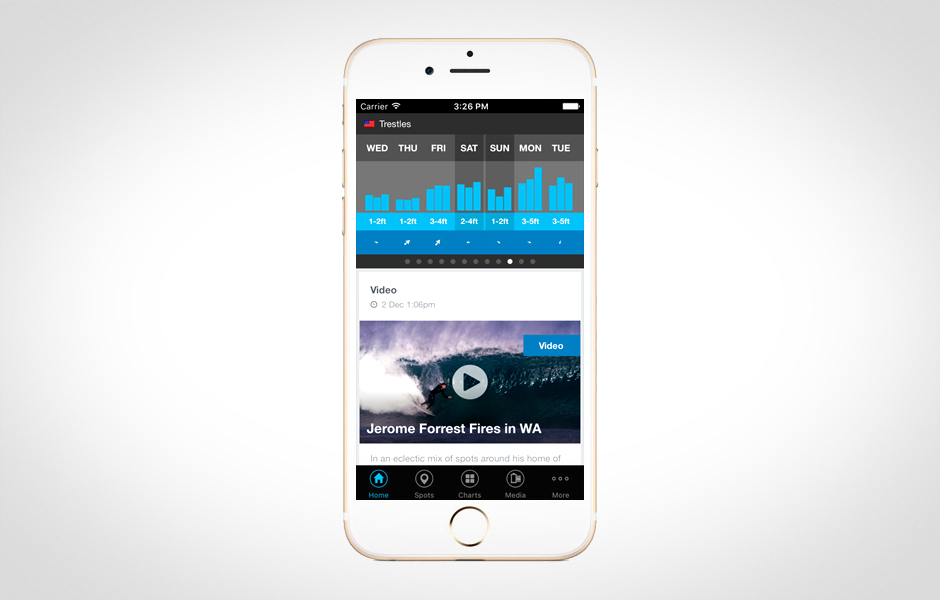- 1. The Outbound
- 2. REI
- 3. Storm
- 4. Mountain Project
- 5. Star Walk 2
- 6. Camp & RV
- 7. Chimani National Parks
- 8. Yahoo Weather
- 9. SAS Survival Guide
- 10. PeakFinder Earth
- 11. First Aid
- 12. AllTrails
- 13. MSW Surf Forecast
- 14. MotionX GPS
- 15. iNaturalist
Man isn’t meant to stay indoors — our weekly “Trekking” column can attest to that. It’s a column dedicated to the adventurer inside of all of us, the one pining to ditch the office humdrum for a quick surf session or seven-week jaunt in the Grand Tetons. One day we may highlight an ultra-light stove and the next a set of handmade canoe paddles. Life doesn’t just happen inside the workplace, so get outside and live it.
Alright, let me backpedal for just one moment. “Trekking” is certainly all about the outdoor attitude — the kind of unplug-and-play mentality that gets you off the grid and into the backcountry — but every so often we must recognize we live in a society reliant on technology. Smartphones and tablets are a prime example, gadgets capable of furthering our exploration with images and access to a trove of valuable information outlining everything from the stars and impending weather to our national park system.
Related: Eight affordable, outdoor gadgets for the modern adventurer in all of us
And while you may need to purge your smartphone mainstays like Flappy Bird in order to download any app for the great outdoors, we guarantee you’ll find them far more useful than most of the bloated software on your phone. After all, you can only navigate Mario-esque pipes on the bus for so long. Below are just a few of our favorites.
The Outbound (iOS)
The Outbound owes far more credit to its community than it does developers. The app serves as a local’s guide to all the best spots — for hiking, camping running, etc. — providing you with a searchable list of terrific options for when you need to get out. You filter choices based on skill level and season, too, and save adventures for when the weather finally lets up. It’s all housed within a beautiful interface with photos to match.
REI (iOS, Android)
REI is the premiere retailer when it comes to all things outdoor-related. That said, the company’s official mobile app functions as an extension of its website and brick-and-mortar stores, allowing you to shop a robust selection of top-brand gear, connect with customer support, and check in-store availability. It also keeps you informed regarding the latest sales and promotions, with your membership information close at hand.
Storm (iOS)
The aptly-titled Storm is made for times when the weather looks like it might not cooperate. The app’s main component revolves around advanced storm tracking and a series of high-definition radar systems, which give you the ability to view current conditions in real-time and look at the impending weather. Severe weather alerts and detailed forecasts for the next three days just mean you’ll know when to finally call it.
Mountain Project (iOS, Android)
The official Mountain Project app was built specifically with rock climbers in mind, and a such, it’s quickly become the go-to resource for those looking to access the site’s comprehensive database of climbing areas and routes on the go. You can use the app to sync with your MP account and browse a host of information — i.e. maps, routes, tips, photos, news — much of which you can download for offline use in the boonies.
Starwalk 2 (iOS, Android)
There’s a bevy of astronomy apps on the Web, but few are as robust as Star Walk 2. The app lets you explore more than 200,000 celestial bodies by simply pointing your phone up to the nighttime sky, allowing you to view the location of satellites, planets, and constellations, along with pertinent information without the use of a costly telescope.
Camp & RV (iOS, Android)
It should go without saying that campsites can differ from place to place. Thankfully, Camp & RV caters to all types, whether you’re looking to book a campsite outfitted with full amenities or merely check your local area for the best hike-in location available.The app supports more than 30,000 campsites scattered around the United States as well, guaranteeing you’ll find something of note on public, state, or federal land in your area.
Chimani National Parks (iOS, Android)
Chimani’s apps selection isn’t your standard, cookie-cutter offering. The organization’s national parks app provides information on all 59 parks, conveniently mapping their locations and providing you with you access to audio tours, points of interest, hiking guides, and a slew of Ranger-led events. The photos and park news are only a bonus.
Yahoo Weather (iOS, Android)
Weather is crucial when you’re out on the trail. Yahoo Weather remains our one of our favorite weather apps, one teeming with extended forecasts, the chance of precipitation, pressure readings, and sunrise and sunset times. It’s also as attractive as it is useful, lined with user-submitted Flickr photos that compliment your current location.
SAS Survival Guide (iOS, Android)
How much knowledge can an app developed with the help of a former SAS solider and instructor impart on you? Quite a bit, actually. The SAS Survival Guide provides you with a wealth of survival tips and tricks, whether you intend to track animals, use Morse Code, identify plants, or carry out a host of other convenient tasks. Plus, the entire database is searchable, with section pertaining to survival in different ecosystems.
PeakFinder Earth (iOS, Android)
PeakFinder Earth makes identifying nearby mountains easier done than said. The app includes the names of more than 250,00 peaks, and uses your smartphone’s sensors to render the surrounding landscape and overlay the names of surrounding peaks within a 200-mile radius. The app even works offline and includes a dialog for manually entering your coordinates, so you’ll never confuse Everest with Lhotse again.
First Aid (iOS, Android)
The American Red Cross is the epitome of recovery (and rightly so). The company’s official app is designed for accidents, reveling in step-by-step instructions for dealing with everyday scenarios, such as minor burns and broken bones. Instructional videos further the explanations as well, as do the simple diagrams and language offerings.
AllTrails (iOS, Android)
There are more than 50,000 trails in the United States alone. Fortunately, AllTrails attempts to catalog and categorize them in a way that’s convenient no matter where you reside. The app utilizes your location and provides you with a list of nearby trails, each of which is fitted with user-submitted photos, reviews, topographic maps, and more.
MSW Surf Forecast (iOS, Android)
Like anything in nature, the surf is dictated by things beyond your control. MSW Surf Forecast does let you better anticipate your next session, though, delivering helpful metrics such as the surf size, swell height, direction, wind strength, temperature, and more. Both three and 10-day surf forecasts also come standard, as do live webcams and photo galleries encompassing thousands of beaches strewn across the entire globe.
MotionX GPS (iOS)
Sadly, Google Maps just can’t do it all. MotionX GPS comes close, though, and features a healthy selection of topographical maps and marine charts you can download ahead of time for offline treks in the boonies. The app allows you to track your journey, save specified waypoints, and look up your coordinates — all without your cellular network.
iNaturalist (iOS, Android)
Plants and animals are a dime a dozen in nature, but that’s what makes iNaturalist so handy. The app takes the vision of iNaturalist.org and applies it to your mobile device, allowing you to capture and record your observations in the cloud. Best of all, you can use the app to crowd source the identity of a particular organism, or simply help scientists and resource managers better understand our planet’s changing biodiversity.
This article was originally published on December 29, 2014, and updated on January 28, 2016, to reflect recent app offerings.
